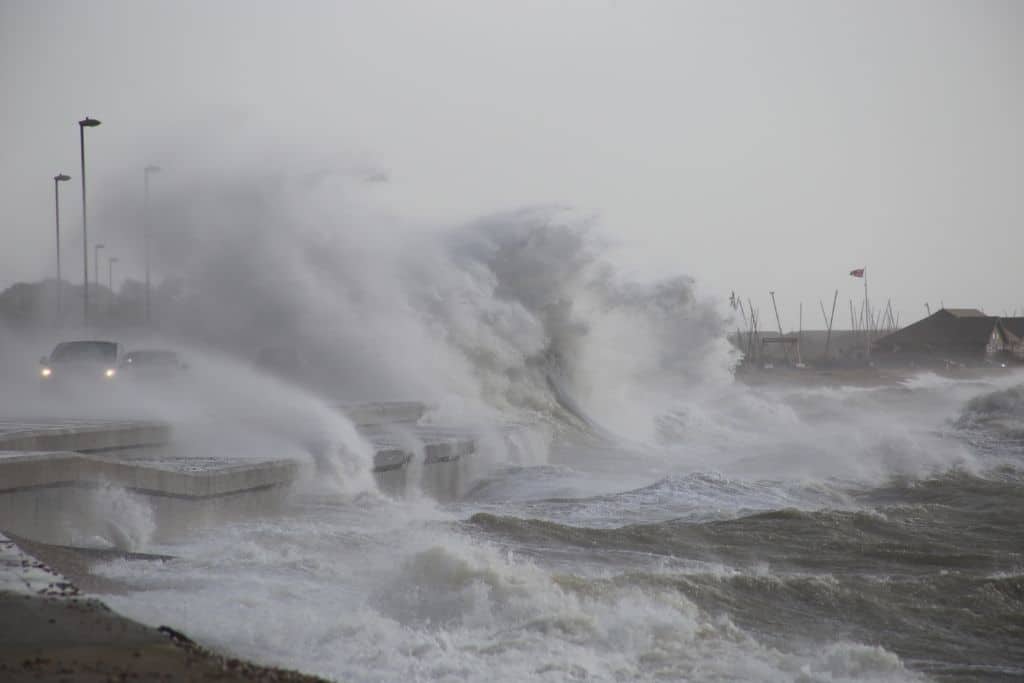A rare red weather alert was issued in the UK as Storm Eunice destroyed buildings and homes, and leaving hundreds of thousands without power.
—
The UK experienced one of its most severe storms in recent history on February 18 as Storm Eunice battered the country, tearing down rooftops and leaving around 200,000 homes across the nation without power.
Storm Eunice led to the death of 10 people across the UK and parts of western Europe including Germany and the Netherlands as wind speeds reach as high as 122 miles per hour, the fastest ever recorded in the country.
The UK Met Office issued an Amber alert and the incredibly rare Red alert across southern and eastern England and south Wales, warning there will be a “danger to life” from flying debris, as well as falling rooftops and power lines.
Hundreds of thousands of homes were left with no power as a result of the storm, and the national transport network system was severely disrupted. More than 400 flights from or within the UK were cancelled, some of which have made attempts to land in London before being redirected to other cities. One of London’s most famous structures, the O2 arena, even saw its iconic white rooftop badly damaged with parts of it torn off by the wind.
Scientists and meteorologists have discussed the possibility of this intense storm event being attributed to the weather phenomenon known as a sting jet, a very narrow and concentrated blast of powerful winds about 10-20km wide that can form inside powerful weather systems.
Questions regarding the connection between human-caused climate change and the frequency (and intensity) of extreme weather events and storms are being raised once again. Though climate scientists have been unable to form a direct link between the two, rainfall associated with the extreme weather events have indeed been getting worse from climate change, as well as sea level rise.
“Although it is hard to pinpoint climate change as a reason for individual severe weather events, climate models do indicate an increase in these types of storms as the earth continues to slowly warm,” Michael Dukes, a forecaster at MetDesk explained. “So this is very much in line with what climate scientists have been warning us about for a number of years now.”
Richard Allan, a climate scientist at the University of Reading, also said in a statement: “With more intense rainfall and higher sea levels as human-caused climate change continues to heat the planet, flooding from coastal storm surges and prolonged deluges will worse still further when these rare, explosive storms hit us in a warmer world,”
Just days after Storm Eunice, the UK is still in the midst of battling severe flooding caused by heavy rainfall, with more than 140 flood warnings already in place in parts of Northern Ireland and across the north of England including Yorkshire and Manchester.
You might also like: How Climate Change Affects Hurricanes


















